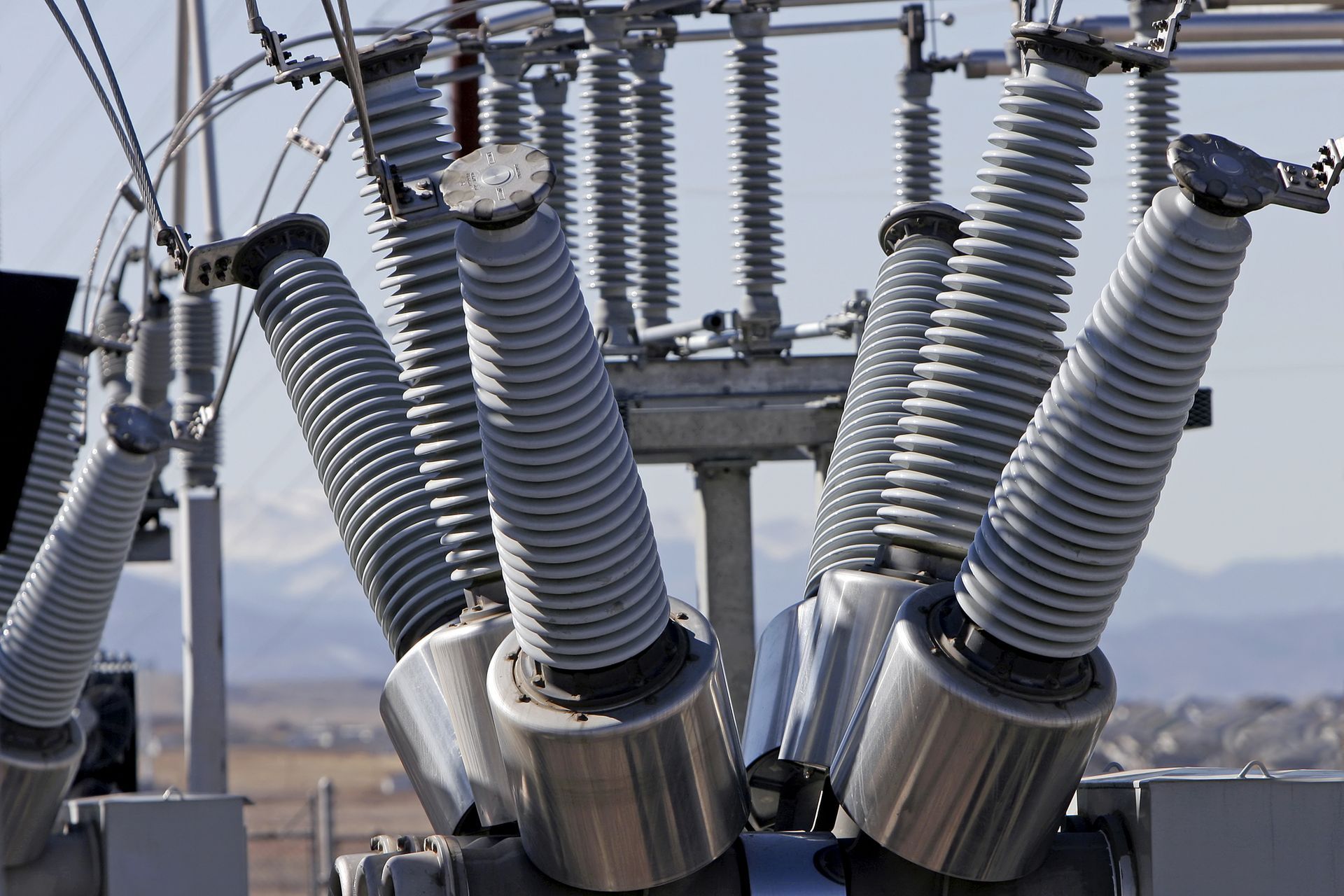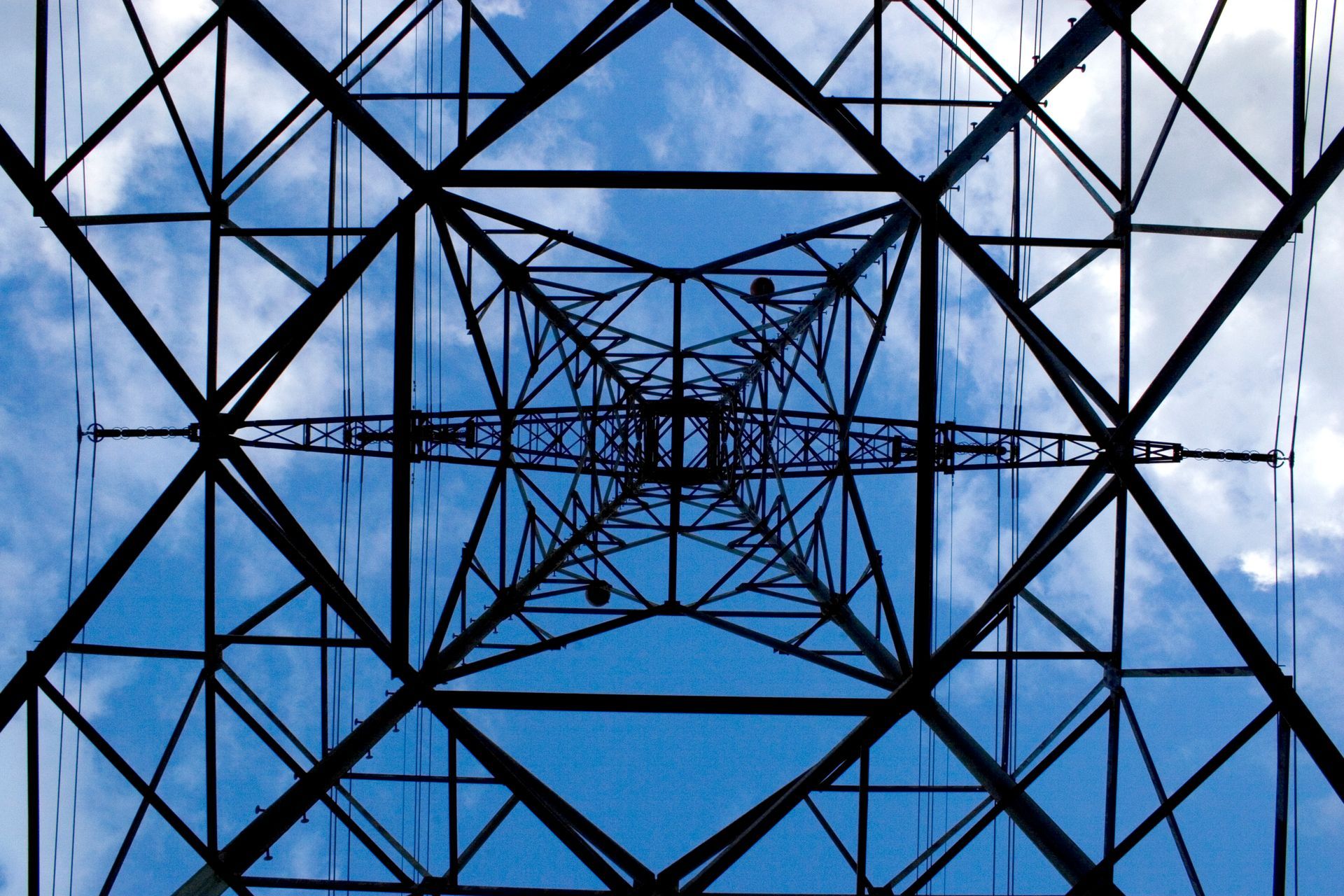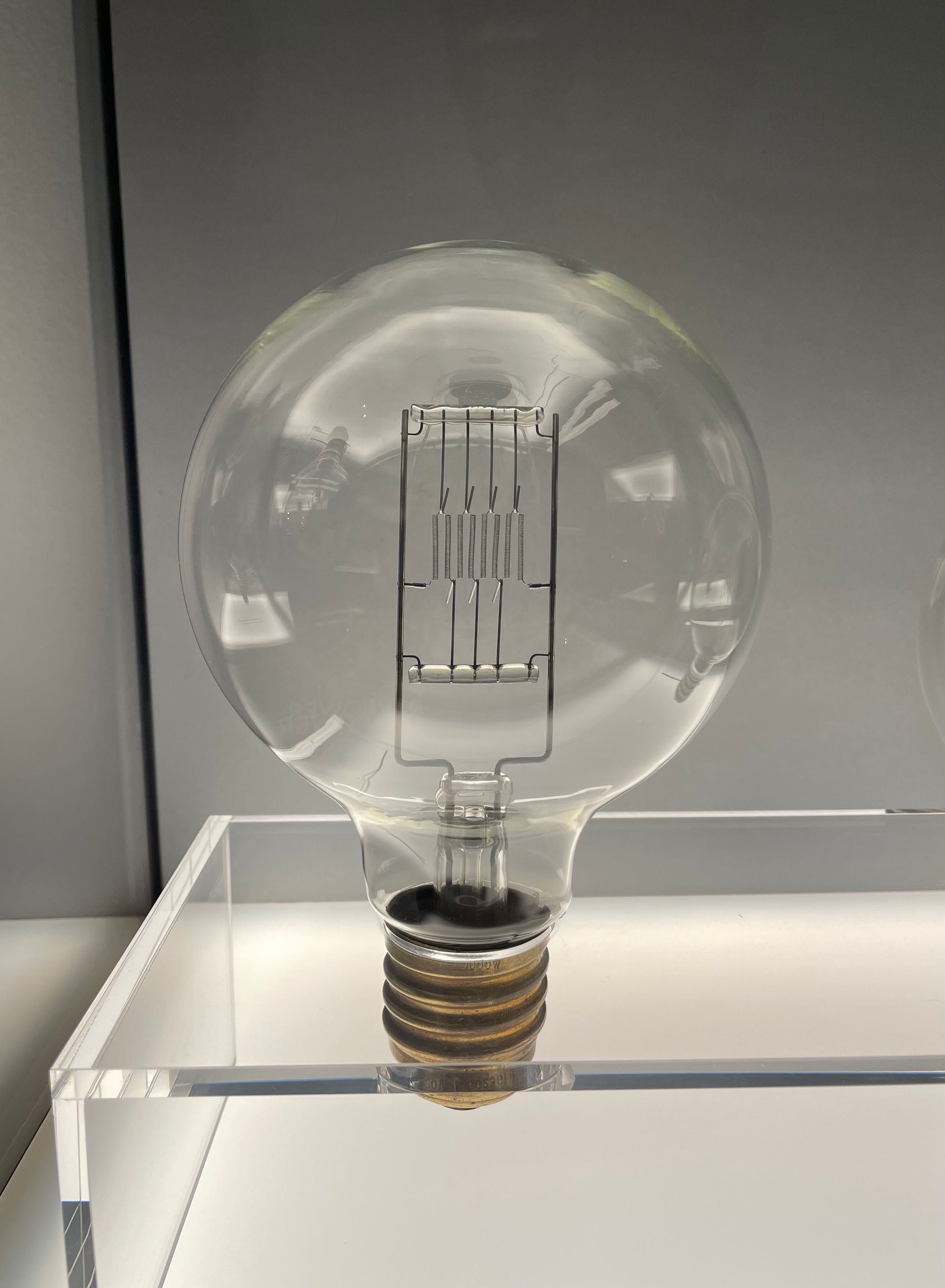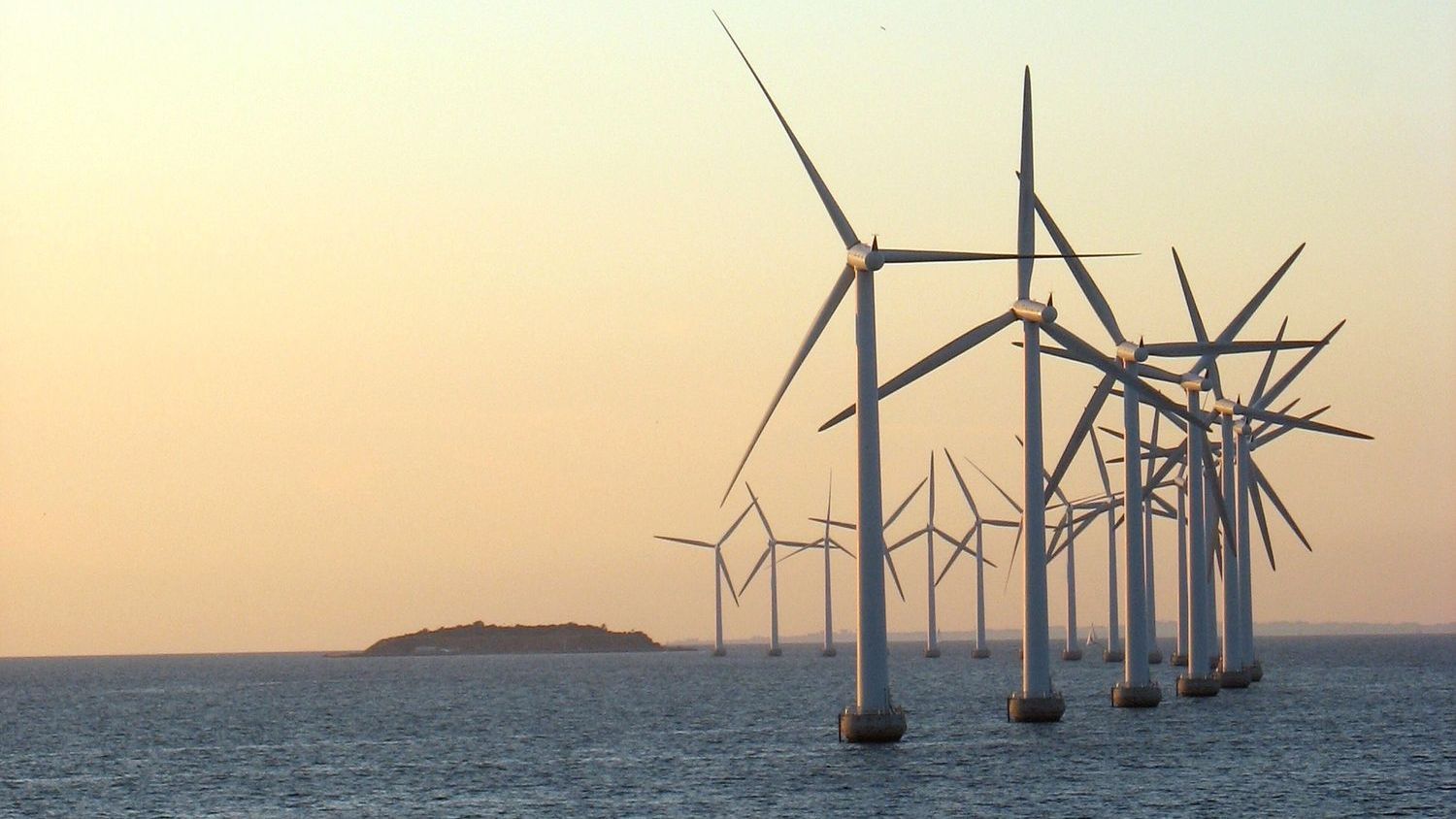How to Think About Investing in the Grid for Reliability and Resiliency
Utility executives, investors, business developers, and policymakers are confronting a wave of suggestions for improving the power sector's reliability and resiliency

The electric power sector is rapidly changing, adopting new technologies, such as energy storage, renewables, and digital technologies, expanding its service to include transportation and energy-intensive industrial applications, and enhancing reliability and resiliency in changing physical and regulatory climates. Utility executives, investors, business developers, and policymakers are confronting a wave of suggestions for improving the power sector's reliability and resiliency. How should decision-makers think about the competing and never-ending list of to-dos?
The power system's reliability and resiliency are fundamental to society’s physical, health, social, and economic well-being. The power system directly provides the electricity needed for society's essential services. It is the cornerstone of other critical infrastructure such as water, shelter, food, health delivery, communication, financial services, and transportation. Nonetheless, society has many different pressing needs besides having a reliable and resilient power system, and therefore it can only allocate finite resources to it.
The first step is to clearly define the criteria of a reliable and resilient power system based on the social costs of not having electricity. Blackouts are damaging in terms of human lives, health, and economic costs, and these damages depend on a blackout’s timing, frequency, duration, and magnitude. Measures to reduce a blackout’s impact are costly. The key consideration is determining whether any measure’s cost is less than the costs it avoids by decreasing a blackout’s frequency, duration, and magnitude.
This determination is not trivial and requires a sophisticated and detailed model of the power system's threats, components, topology, and operational and planning practices. Recent blackouts worldwide, particularly in Texas during the winter of 2021, have revealed that the current modeling approach used by the industry needs to be narrower. The models do not sufficiently consider resiliency, that is, the ability of the power system to withstand and bounce back from severe events such as extreme weather, physical sabotage, or a cyberattack. Furthermore, the models do not account for common-cause failures, that is, a single event that leads to multiple equipment failures, whether within the power system or supporting infrastructure, such as fuel supplies and transportation or communication and control systems.
Once improved models are developed that include reliability and resiliency engineering and blackout costs, decision-makers can consider alternatives to improving the power system’s performance.From a public policy perspective, such a capability should enable policymakers to be more comfortable in making informed decisions knowing that both costs and benefits are being considered and that the best use of limited resources is being pursued. Utilities have a framework for business planning, which inevitably involves public policy considerations since utility commissions regulate them. Developers of new and emerging technologies also have a framework to direct their investments and justify their products and services.
Enhancing the reliability and resiliency of the power system needs to occur concurrently with decarbonizing the sector and maintaining affordability. These three societal objectives are sometimes called the energy trilemma and can be applied more broadly to energy policy. Furthermore, achieving these three goals for the power sector must be aligned with the broader changes across the entire energy landscape. But the same underlying principles that are the foundation of cost-effective reliability and resiliency decision-making apply. Identify cost-benefit economic criteria that include society's broader public safety and health, develop tractable and informative models that assess the tradeoffs among competing objectives, and evaluate individual technologies and policies based on their cost-effectiveness.






